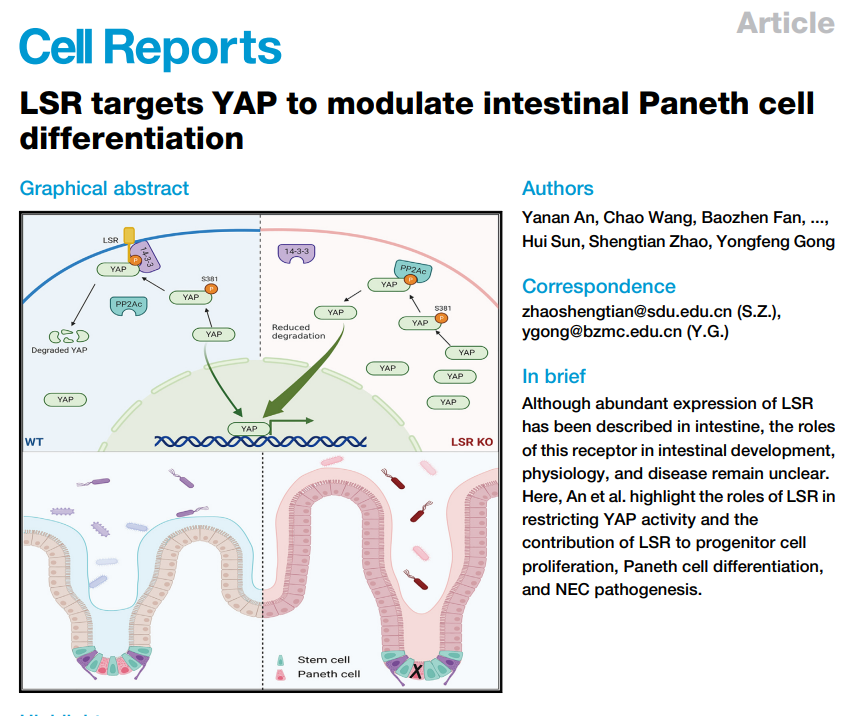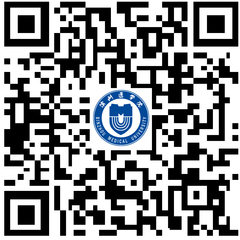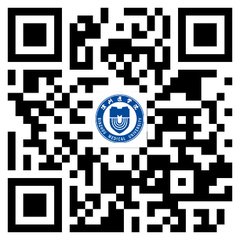Recently, The Stem Cell and Regenerative Medicine Research Team of BMU published a research paper entitled LSR targets YAP to modulate intestinal Paneth cell differentiation in Cell Reports, a sub-journal of the international authoritative journal Cell, revealing for the first time that intestinal stem cells express tight junction protein LSR, and used multiple conditional gene knockout mouse models and gene knockout intestinal organoid models to confirm that LSR is involved in the differentiation of intestinal Paneth cells and the development of enteritis by regulating the YAP signaling pathway.

In the research, the team used embryonic stem cell gene targeting to construct the first Loxp gene-modified mouse model tightly linked to the transmembrane protein LSR, and performed systemic inducible, intestinal epithelial cell-specific and Lgr5-positive intestinal stem cell-specific gene knockout. In the above mouse model, the team accidentally found that LSR knockout caused intestinal progenitor cell proliferation and Paneth cell differentiation disorders, and could aggravate the occurrence and development of TNBS-induced enteritis. At the same time, the team reproduced this phenotype in human induced pluripotent stem cell hiPSC and mouse crypt stem cell-induced intestinal organoids. Mechanismanalysis further confirmed that LSR acts by regulating the YAP signaling pathway.
The traditional view was that tight junction transmembrane proteins mainly play a role in regulating barrier and cell bypass permeability in the intestine. This research is the world’s first discovery of the regulatory role of tight junction transmembrane proteins on intestinal cell differentiation, which has changed the field's understanding of tight junction function, and revealed the importance of LSR as a new target for the treatment of intestinal inflammation.
Associate Professor An Yanan, postdoctoral fellow Wang Chao and graduate student Fan Baozhen were the co-first authors of the paper, and Professor Gong Yongfeng was the corresponding author of the paper. This research was supported by a number of programs including General Program of National Natural Science Foundation of China, Major Basic Research Program of the Natural Science Foundation of Shandong Province, and the Research Initiation Fund of BMU.
BY: Xu Aili
SOURCE: School of Basic Medical Sciences





